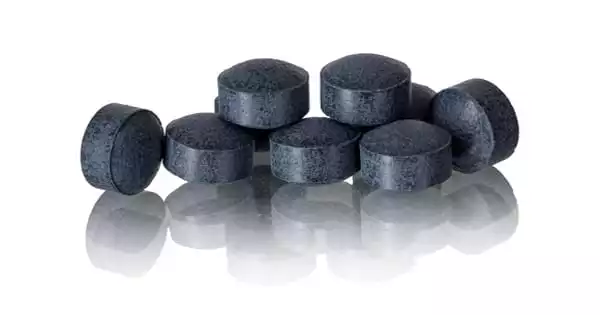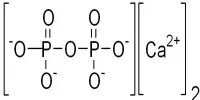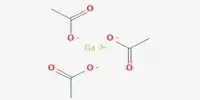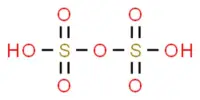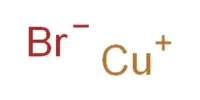Aluminium phosphide, sometimes known as AlP, is a very poisonous inorganic substance that is utilized as a wide bandgap semiconductor and as a fumigant. It has a garlic-like odor and is a yellow or dark grey crystalline solid. Due to the presence of impurities from hydrolysis and oxidation, this colorless solid is commonly offered as a grey-green-yellow powder. It is primarily utilized as a pesticide fumigant and as a source of phosphorus gas (also used for fumigation). This inorganic compound can also be utilized as a semiconductor with a large bandgap or an energy gap.
When aluminium phosphide is exposed to water or moisture in the open air, phosphine gas is produced. When it comes into contact with moisture, it produces phosphine, a combustible and deadly gas. If there is an excess of water, the phosphine fire will not normally ignite any surrounding combustible material.
Properties
It has a solid and crystallized appearance. The crystals are yellow or grey in color. It has a smell that resembles that of garlic or rotting fish. AlP crystals are dark grey to dark yellow in color and have a zincblende crystal structure with a lattice constant of 5.4510 Å at 300 K. They are thermodynamically stable up to 1,000 °C (1,830 °F).
- Molecular Weight: 57.96
- Appearance: Dark gray or dark yellow crystals
- Melting Point: N/A
- Boiling Point: N/A
- Density: 2.85 g/cm3
- Solubility in H2O: N/A

Aluminium phosphide reacts with water or acids to release phosphine:
AlP + 3 H2O → Al(OH)3 + PH3
AlP + 3 H+ → Al3+ + PH3
Preparation
AlP is synthesized by a combination of the elements:
4Al + P4 → 4AlP
Caution must be taken to avoid exposing the AlP to any sources of moisture, as this generates toxic phosphine gas. Phosphine also poses fire hazards, as it is a dangerous pyrophoric compound, igniting easily in air.
Uses
Aluminium phosphide is largely employed as a pesticide by a variety of specialists such as farmers, pest control operators, gamekeepers, and estate managers. It is frequently disseminated in pellets, which react with moisture to produce poisonous phosphine gas. To purchase or utilize aluminum phosphide goods, a license and adequate training are required.
Aluminium phosphide pellets are offered as a mixture of food for the rats to consume as a method of killing rodents. The acid in the rodent’s digestive system combines with the phosphide to produce the poisonous phosphine gas. Zinc phosphide and calcium phosphide are two pesticides that are comparable to aluminium phosphide.
Aluminium phosphide is also utilized in the fabrication of semiconductor materials such as light-emitting diodes. AlP is a semiconductor material that is typically alloyed with other binary materials for use in devices such as light-emitting diodes (e.g. aluminium gallium indium phosphide).
Poisoning
It can be dangerous to humans if inhaled or ingested. Ingestion almost invariably results in the victim’s death. AlP poisoning is most common in developing nations such as India, but it can occur anywhere in the world.
